As an important tool in modern manufacturing, the choice of processing platform for laser cutting and engraving machines directly impacts material processing quality and efficiency. This article introduces the structures, application scenarios, ease of cleaning and loading/unloading, prices, and other advantages and disadvantages of honeycomb platforms, blade/flat iron platforms (sometimes called cutting platforms), pin platforms, and vacuum platforms, aiming to provide a reference for users to select the most suitable processing platform.
The honeycomb platform, also known as the honeycomb table, is typically made of metal. It is composed of many small grid-like units, forming a structure similar to a honeycomb, hence the name. These small units often have a nearly hexagonal shape, but can also be square or other shapes.
A blade platform is formed by parallel blades mounted on a frame; a flat iron platform is formed by parallel flat irons mounted on a frame. These types of platforms are commonly used for cutting materials, so they are also called cutting platforms.
A pin platform consists of upward-facing pins or small cylindrical rods uniformly arranged on a baseboard.
The principle of a vacuum platform is to create a vacuum environment and use vacuum adsorption to firmly secure the material. Generally, vacuum platforms are built upon support structures like honeycomb platforms that have dense patterns.
Cover the surface of a honeycomb platform and the surrounding gaps with soft materials like creasing paper or soft magnets. When using creasing paper, cover the entire surface of the honeycomb platform and the surrounding gaps, then use a laser to cut out an opening the size of the material to be processed. When using soft magnets, cover all the gaps around the honeycomb platform, leaving an unobstructed space in the middle the same size as the material to be processed.
Using soft magnets as an example: Attach the soft magnets to the honeycomb platform, and use soft magnets to fully cover the gaps around the edges of the platform. Leave an unobstructed space on the honeycomb platform equal to the size of the material to be engraved, do not cover this area with soft magnets. To fully enclose the gaps around the honeycomb platform, wider soft magnets are required; it is recommended to insert one end of the soft magnets under the rails to prevent them from curling up, which could cause air leaks in the vacuum platform or interfere with the rail movement. Overlap the edges of the two soft magnets without leaving any gaps.
Some small diode laser machines often do not come equipped with a processing platform. To avoid damaging the surface, users typically place a board underneath the machine or material. However, during cutting, we will notice obvious stains or burn marks around the cut grooves. This is caused by the laser being reflected back onto the material surface from the board, which we refer to as burn marks.
Equipping a processing platform can greatly reduce burn marks and produce smoother finished products. The image below shows the effect of cutting materials on an MDF board (left), an oxidized aluminum board (middle), and a honeycomb platform (right). The structure of the processing platform weakens the energy of the laser reflecting back onto the material, reducing damage to the bottom surface of the material. Additionally, the platform provides channels for the vaporized material to escape, resulting in a cleaner material surface.
Due to its unique structural design, the honeycomb platform has become the preferred choice for material processing. Its advantage lies in providing uniform support, and when combined with small tools like pins, magnets, and creasing paper, it can prevent the material from moving during processing and flatten warped materials to the greatest extent possible, thereby improving processing precision. This platform is particularly suitable for processing lightweight, thin, and small-sized materials like paper, leather, and thin wood boards. However, the honeycomb structure of the platform can easily accumulate dust, oil, and debris, requiring timely cleaning and maintenance.
The blade platform is more suitable for processing large, thick, and flat materials like wood boards and acrylic sheets. Compared to the honeycomb platform, the blade platform has a smaller contact area with the material, which helps reduce reflected burn marks during cutting, resulting in a cleaner material back surface. Unlike the honeycomb platform, the blade platform is simpler to clean and maintain, but it is not suitable for processing small, thin and soft, or easily warped materials. Small materials may fall through the gaps between the blades, thin and soft materials cannot be well supported by the blades, and warped materials are difficult to flatten on a blade platform.
The pin platform further reduces the contact area between the material and the platform by providing point support, which helps reduce reflected burn marks during cutting. The simple structure of the pin platform makes it relatively easy to clean and maintain. Additionally, placing a smaller pin platform on top of a honeycomb platform creates a height difference, which can be used for 3D cutting.
The vacuum platform secures the material by creating a vacuum environment and using air pressure differences for adsorption, providing an extremely stable processing environment. This is highly suitable for scenarios requiring high-precision processing. Whether it’s detailed engraving or thin film cutting, the vacuum platform ensures that the material remains flat and stationary during processing. However, constructing a vacuum platform requires additional time and effort, and it is typically suitable for engraving extremely lightweight, thin, and soft materials that require high precision and flatness.
During regular use, it is necessary to clean and maintain the processing platform promptly. Regardless of the platform type, we provide corresponding cleaning machines, please refer to the relevant articles. Cleaning the entire honeycomb platform is a major undertaking. In comparison, the blade platform and pin platform structures are simpler, making cleaning and maintenance relatively easy; you can use a cloth and brush for simple cleaning. The vacuum platform can be disassembled after each use. If you use creasing paper, you can simply discard it; if you use soft magnets, you can wipe them clean and reuse them.
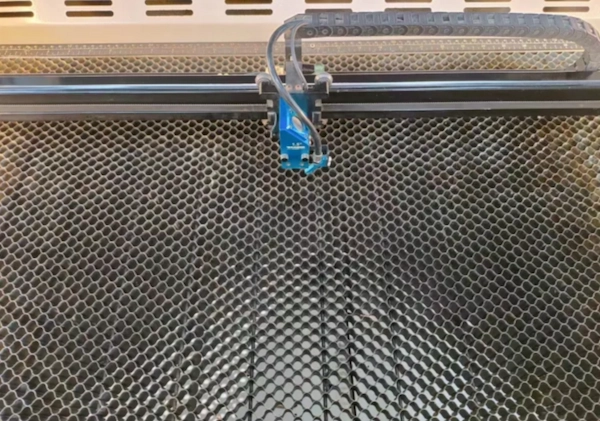
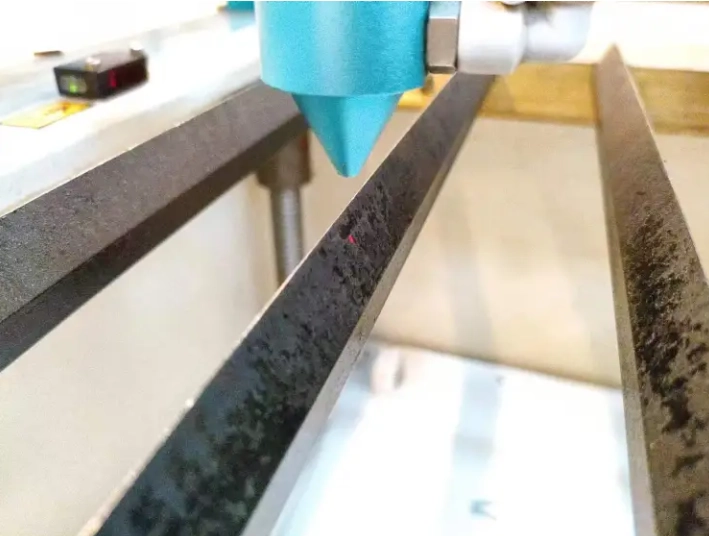
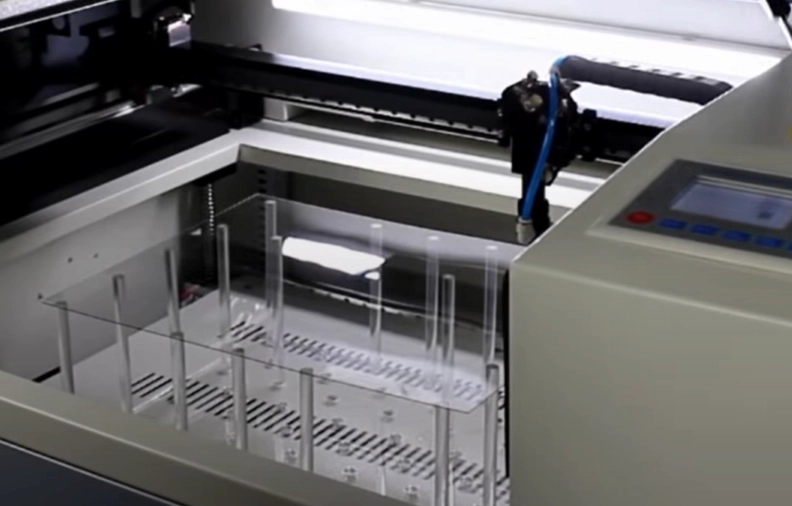
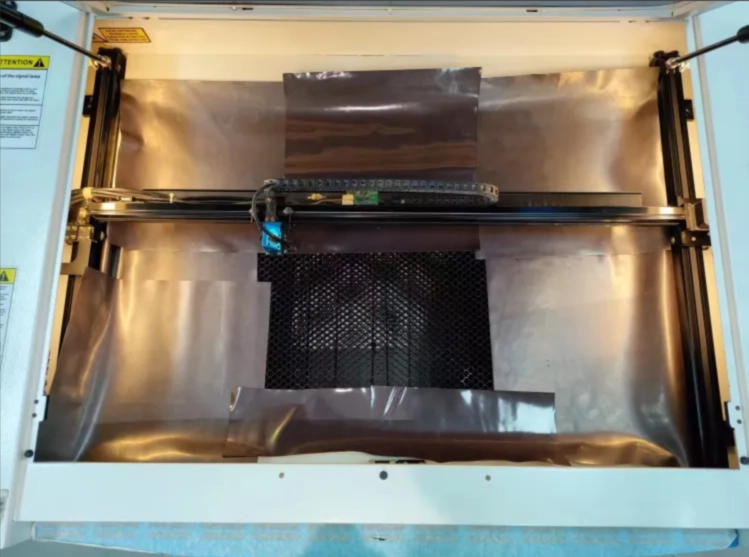
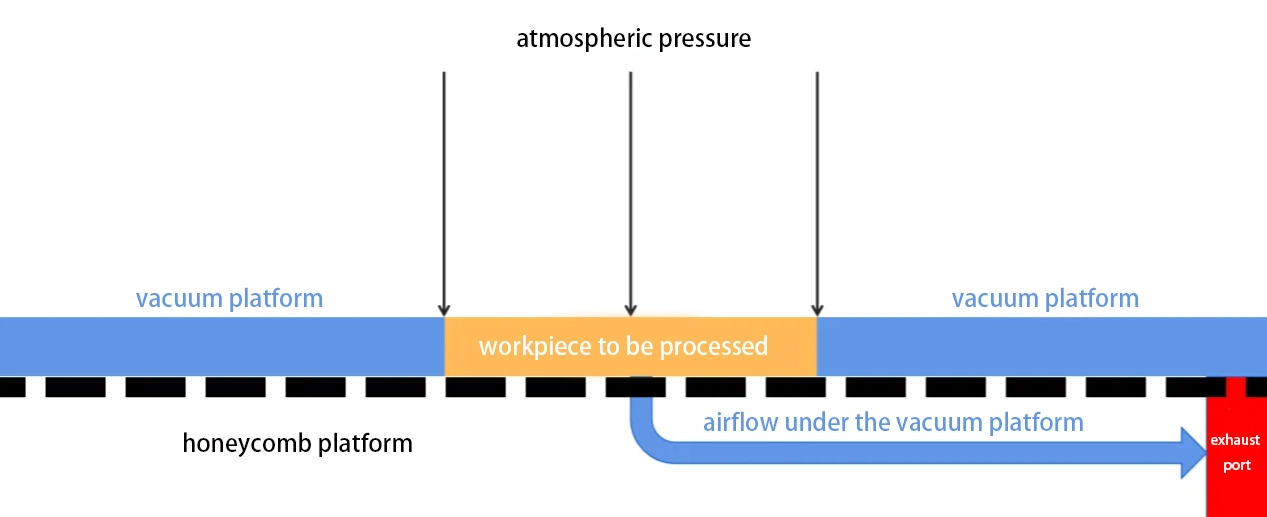
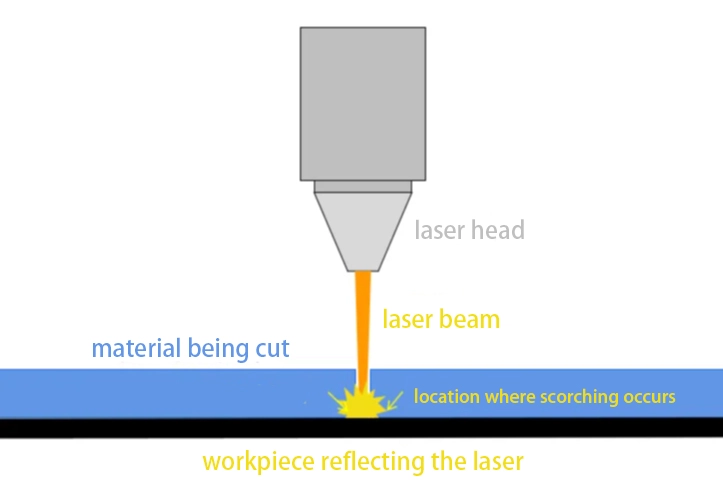
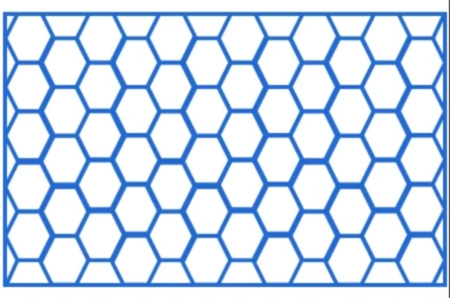
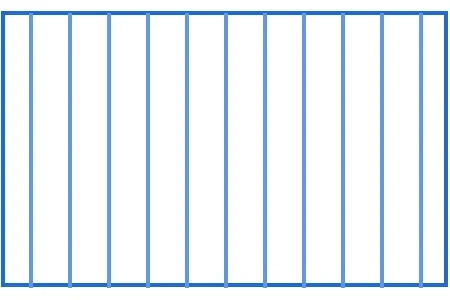
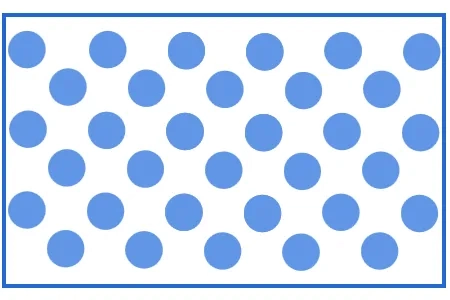
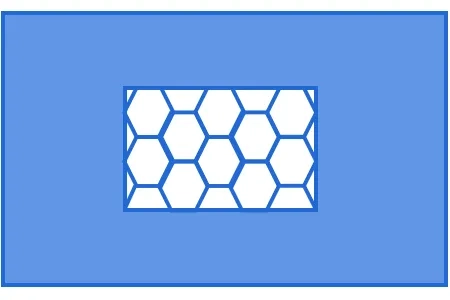
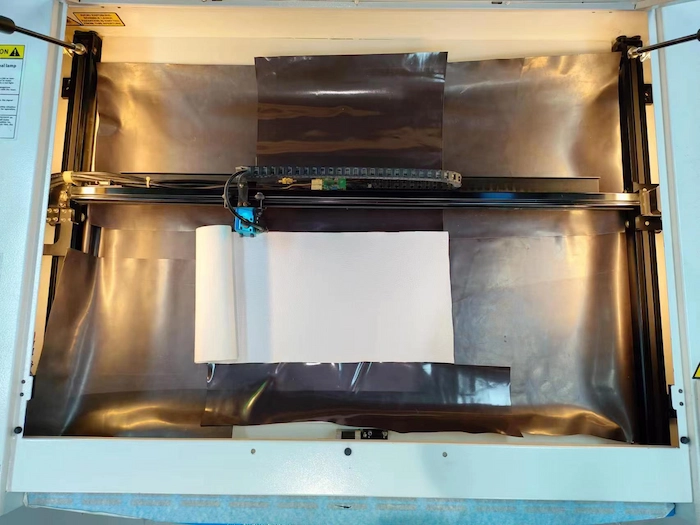

.png) International
International
 United States
United States
 Brasil
Brasil
 Canada
Canada
 Costa Rica
Costa Rica
 Česká
Česká
 Ελλάδα
Ελλάδα
 Polska
Polska
 Ireland
Ireland
 Portugal
Portugal
 Lietuva
Lietuva
 Россия
Россия Deutschland
Deutschland
 Britain
Britain
 Україна
Україна
 France
France
 Sverige
Sverige
 Italia
Italia
 Norway
Norway
 Denmark
Denmark
 Romania
Romania
 한국
한국
 中国
中国
 ประเทศไทย
ประเทศไทย
 中国香港
中国香港
 Israel
Israel
 中國臺灣
中國臺灣
 India
India
 پاکستان
پاکستان
 پශ්රී ලංකා
پශ්රී ලංකා
 ジャパン
ジャパン
 Australia
Australia
 New Zealand
New Zealand
 South Africa
South Africa